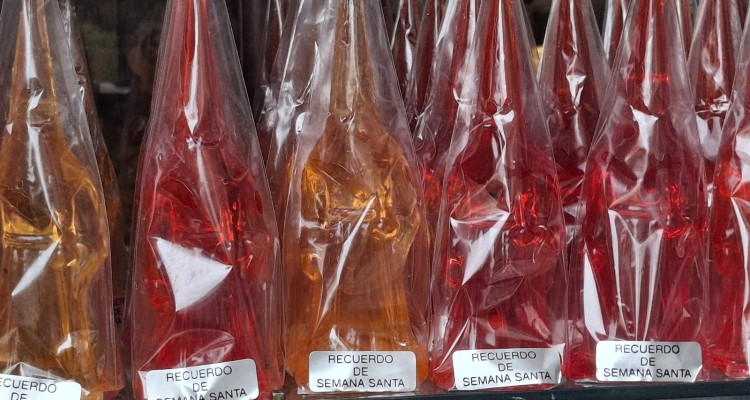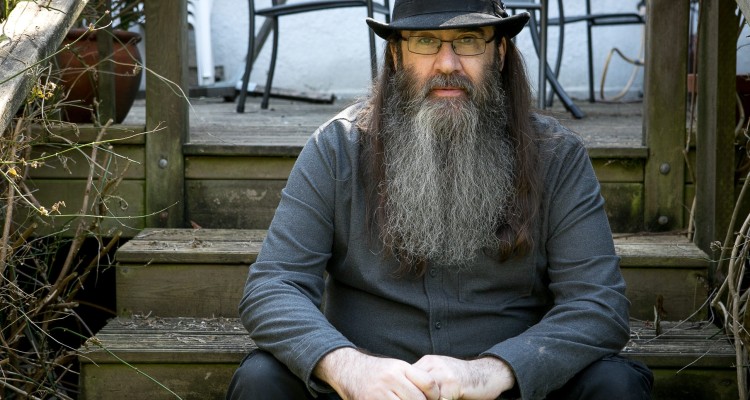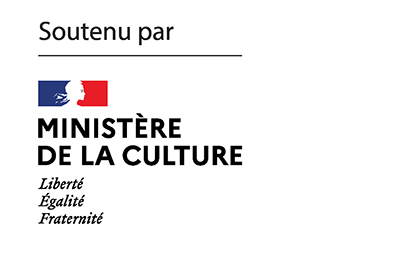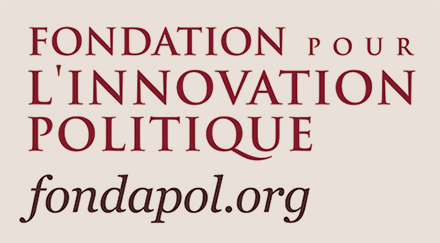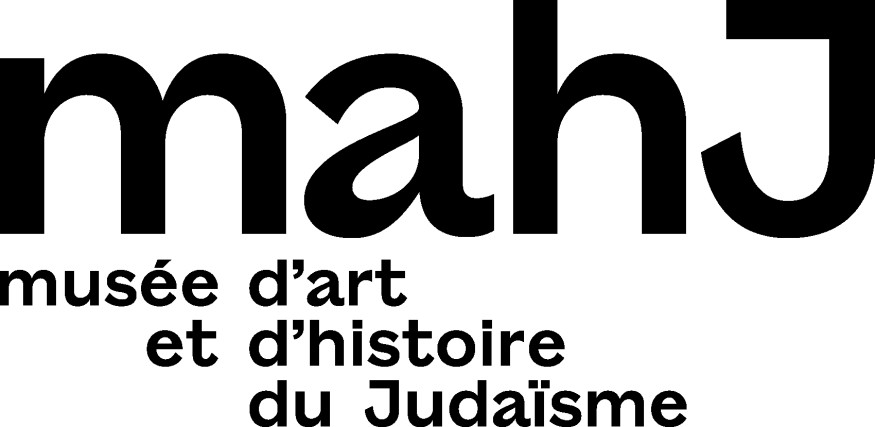At the Jewish Museum in Hohenems, Austria, an exhibition with the strange title “‘Taxidermied Jews?” History, present and future of Jewish museums” is being held[1]. “Taxidermied Jews?” The phrase refers to the words of a president of the Jewish community in Vienna who did not want a museum in which Jews could be admired as “Taxidermied Indians”[2]. In the context of the debate opened by the exhibition at the Jüdisches Museum Hohenems, Cilly Kugelmann, the former Program Director and Vice Director of the Jewish Museum in Berlin, questions the very notion of a “Jewish museum.”
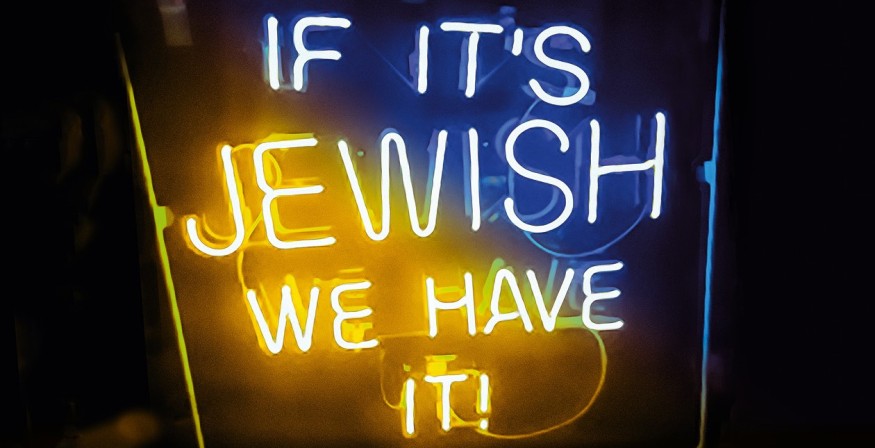
A travel diary from 1734 bears the title: “Curious description of the journey of Mr. Androphili, in which are clearly described not only the cities, castles, towns and villages of Franconia, Saxony and Silesia, but also many funny, ridiculous and true stories. Among the “true stories” one finds the so-called “Cabinet of the Jews” in Dresden, in which the author is said to have found, as he writes, a “taxidermied rabbi”, life-size, with a hat on his head, glasses on his nose, who is standing in front of a lectern upon which an open Talmud is placed. the travel journal also mentions the presence, Next to the rabbi, of utensils used to perform circumcision and of objects for holy days.
The young Arthur Schopenhauer, only twelve years old, was also impressed by this exhibition when visiting Dresden with his parents in September 1800. He noted in his diary: ” the first building contains nothing but objects relating to the Jewish religion. A wooden Solomon’s temple, perfectly imitated and measured. many Jewish books, very well written in Hebrew letters on parchment and rolled up, as well as many instruments for marriage, circumcision, divorce of a couple and other Jewish ceremonies.”
This “Cabinet of the Jews”, created on the initiative of the Elector of Saxony Augustus the Strong, is considered the first historical Jewish museum. More precisely, it could well be the first exhibition of artifacts of Jewish culture. This 288-year-old room could stand as it is today in any Jewish museum…
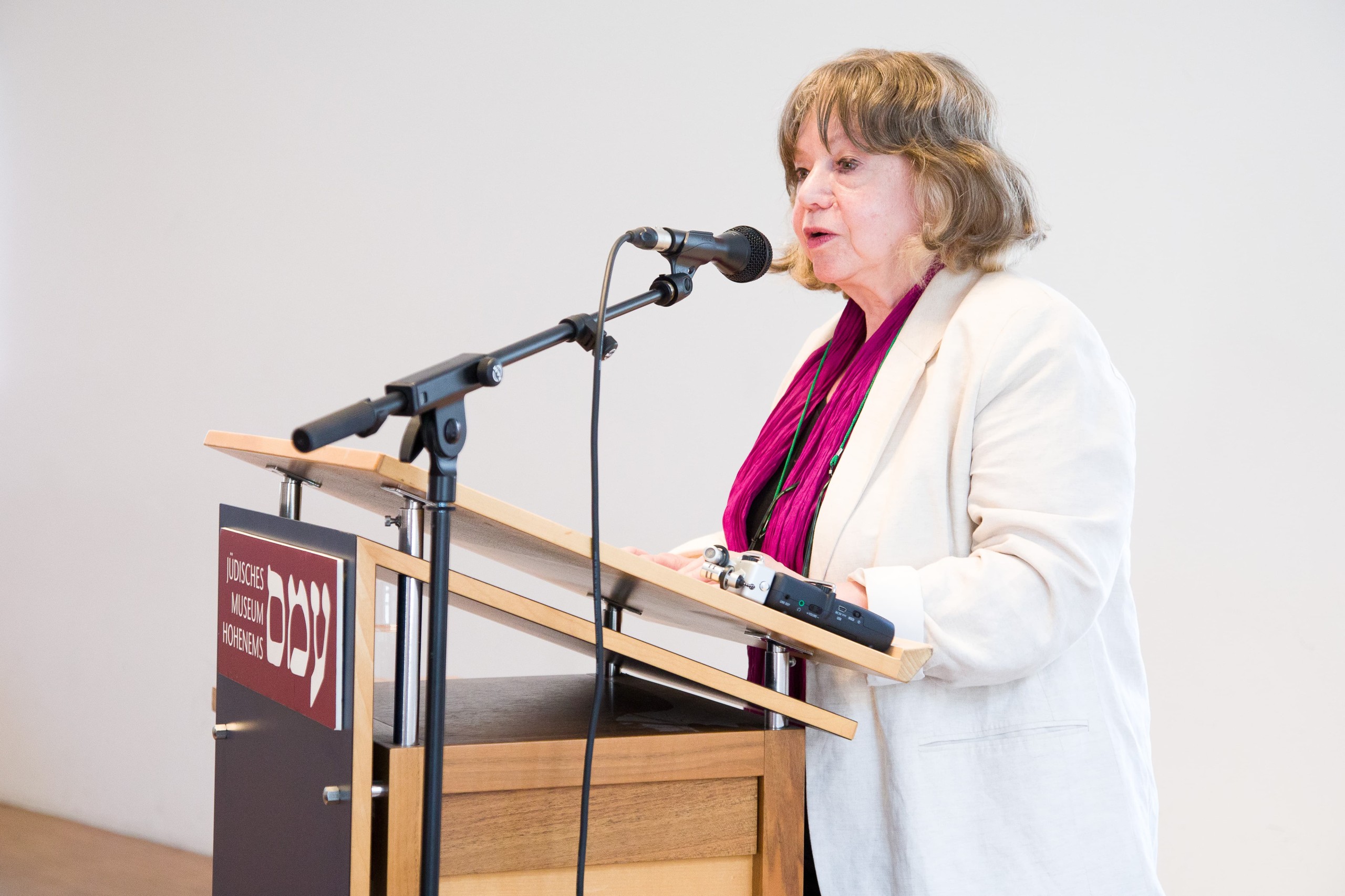
Thanks to the costume of the doll dressed as a rabbi, the Hebrew script and the other objects, the character displayed in this cabinet is easily identifiable as Jewish. Here we have an unequivocal “Jewish context”. But what happens if we leave the field of religion and turn to other themes designated by the adjective “Jewish”?
What does the term “Jewish” mean? Does it refer to the owner of the institution, the “museum”? To its donors? Does a museum become Jewish because of the artifacts it displays? Can objects be Jewish, Catholic or German? Do we not run the risk of going down a slippery slope by asserting that the adjective “Jewish” has a meaning? After all, words like “Jewish capital” or “Jewish speculators” are part of the standard anti-Semitic lexicon. This question is at the heart of the controversies that any “Jewish museum” may face at some point, at least as soon as it deals with themes that go beyond the strictly religious. Not because “Jewish” is one of those racist and insulting words that should no longer be uttered, but because the adjective serves a function that refers to something difficult to define
Jews ? Museums ?
In June 1966, the American art critic Harold Rosenberg gave a lecture at the Jewish Museum in New York, at which he mocked its initiators with the following words: “First you build a Jewish museum, and then you ask grandly: is there such a thing as Jewish art?” According to him, “there is a Jewish answer and a non-Jewish answer to this question. The non-Jewish answer can be: yes, there is Jewish art, or no, there is no Jewish art. But the Jewish answer is: what do you mean by Jewish art?”
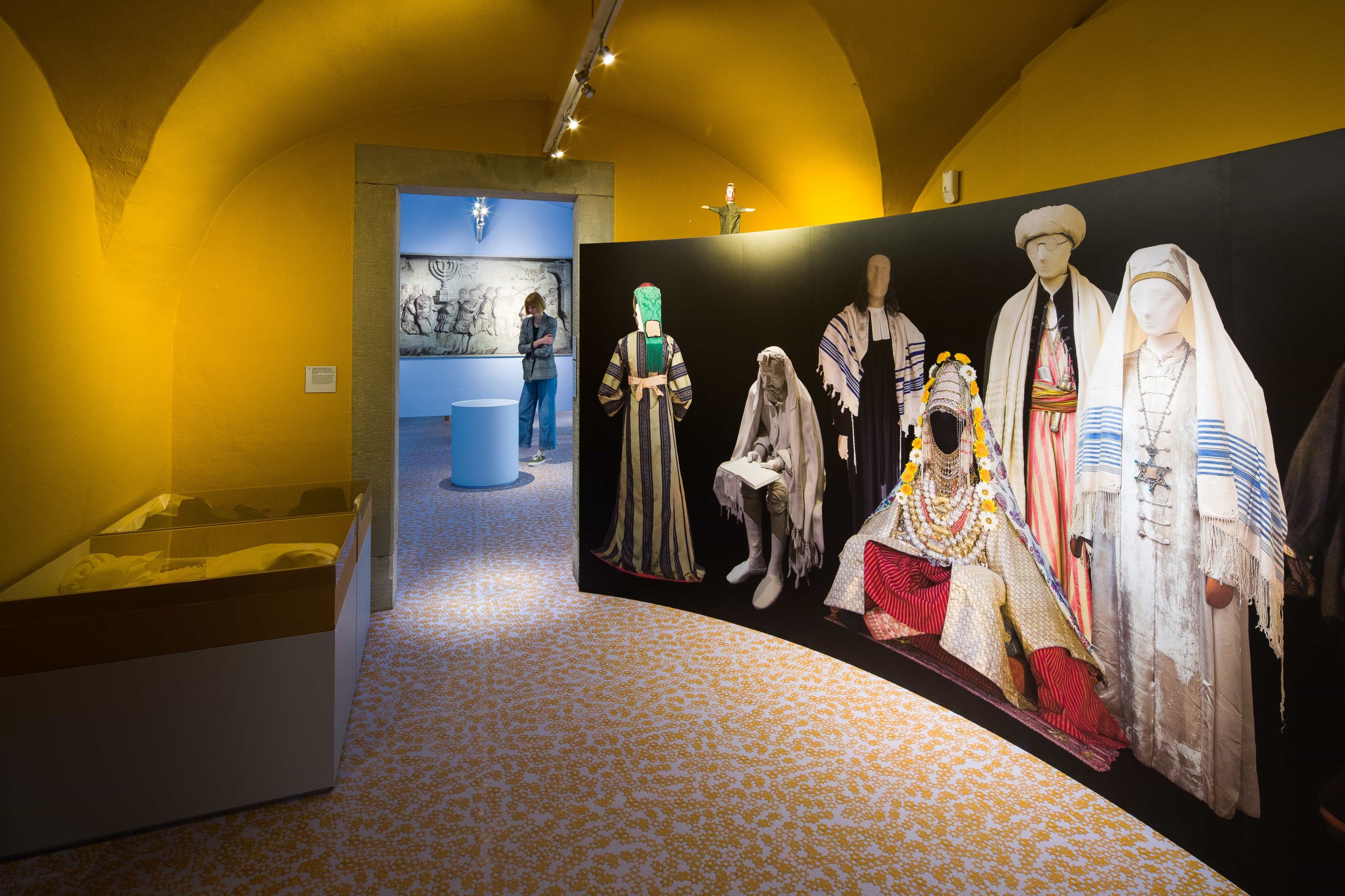
The question of the implications of calling a museum “Jewish” is as old as the museums themselves. It is connected with the evolution of the conception of Judaism itself. Western Ashkenazi Judaism still carries the heavy legacy of the French Revolution. Before granting civic equality, the Count of Clermont-Tonnerre, a French politician, made his famous demand in 1789: ” We must deny the Jews everything as a nation and grant them everything as individuals “. In so doing, he irretrievably destroyed the old and ideal unity between tribal membership and religious practice. The two, previously indissolubly linked, were henceforth separated, religion being declared a private matter and all regulations concerning the community, such as kashrut, endogamous marriage and circumcision, being questioned. From this point on, a variety of projects for Jewish life developed, which had to be constantly discussed and negotiated.
The consequences of this diversity of possible Jewish lives were made explicit by a journalist in a New York Times article, who lamented the disappearance of American Jewish politicians traditionally supporting Democrats: “You know,” she wrote, “there are 57 different kinds of Jews. We are so racially, politically and religiously diverse that it sometimes borders on the insane” … and she added – “We need someone in the room who can decipher our differences and explain the complexity of our issues.”
Deciphering the internal differences of Judaism and explaining its complexity is precisely what the Jewish Museum of New York City has undertaken to do. Their website states that their mission is to “illuminate the complexity and vibrancy of Jewish culture for a global audience.” Most Jewish museums do not even attempt to define what they mean by “Jewish,” as any definition triggers contradictions and closes doors instead of opening them up.
Are Jewish Museums museums for Jews?
In today’s Germany, public perception associates the term “Jew” with the Holocaust. The mass murder of European Jews is seen as an expression of anti-Semitism, which is why the fight against anti-Semitism, or against this scourge, is a top priority. Jewish museums are therefore expected to play their part in this struggle by presenting “Jewish life”, which implicitly assumes that there is a causal relationship between “real Jews” and anti-Semitism, and which represents a disturbing misjudgment.
Until recently, there was no “Jewish” museum in Israel. Jewish ethnographic collections and exhibition services were exclusively entrusted to the Israel Museum in Jerusalem. Today, two Israeli museum projects claim to redefine “Judaism. The first, called “WE,” recently opened in the wake of the Tel Aviv Diaspora Museum, while the second, modestly titled “World’s Jewish Museum,” is scheduled to open in two years.
Both reflect a paradigm shift. The shift from presenting Israel as a “state of the Jews” – in the sense of Theodor Herzl’s vision of a state founded by Jews – to Israel as a “Jewish state” that sees “Jewishness” as a national identity**à vérifier effectivement (voir le commentaire) BB**. In the future, we will have to address these developments within the world of Jewish museums.
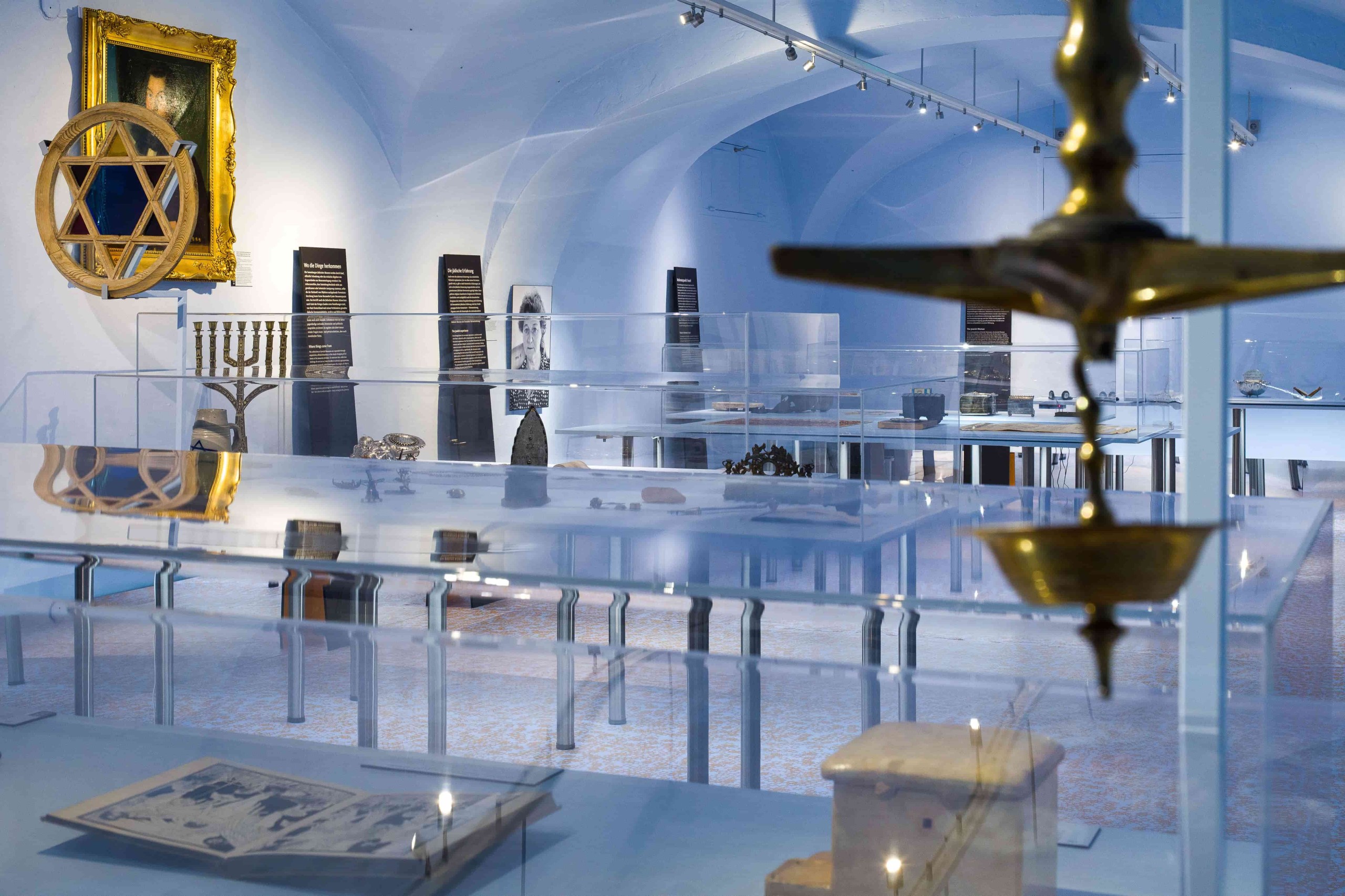
Let’s take a quick look at what potential visitors think about Jewish museums. A few years ago, the Jewish Museum Services in Berlin asked passers-by – interviewed at airports, train stations and shopping malls – if they were interested in visiting the Jewish Museum. The surprising response from many of those interviewed was that they were not Jewish and therefore saw no point in visiting such a place. It is noteworthy that Jewish museums have clearly failed to promote themselves as a “place for dialogue on the diversity of sociability” as many of their statements of intent say, but are seen more as a kind of secular synagogue.
Some American Jewish museums do indeed pursue the ambition of being Jewish museums for Jews, as also existed in Europe in the early 20th century. But in most American Jewish museums, Jewish curators and educators strive to reinforce American universalist values while transmitting Jewish culture. The National Museum of American Jewish History in Philadelphia, for example, hopes to “inspire in people of all backgrounds a greater appreciation for the diversity of the American Jewish experience and the freedoms to which Americans aspire…”
In terms of educational perspective, American institutions are no different from those on the Old Continent. However, the United States places much greater emphasis on the Jewish background of its staff. This approach does not reflect only “wokism”, an American concept describing the awareness of social injustice and racism, but also the emphasis of American institutions on the need for Jewish content to be conveyed by voices that are supposedly authentically Jewish. This attitude has already reached European universities, but fortunately spared European museums which will hopefully continue to rely on the expertise of their staff rather than on their birth certificate, and not be impressed by the “origin” label.
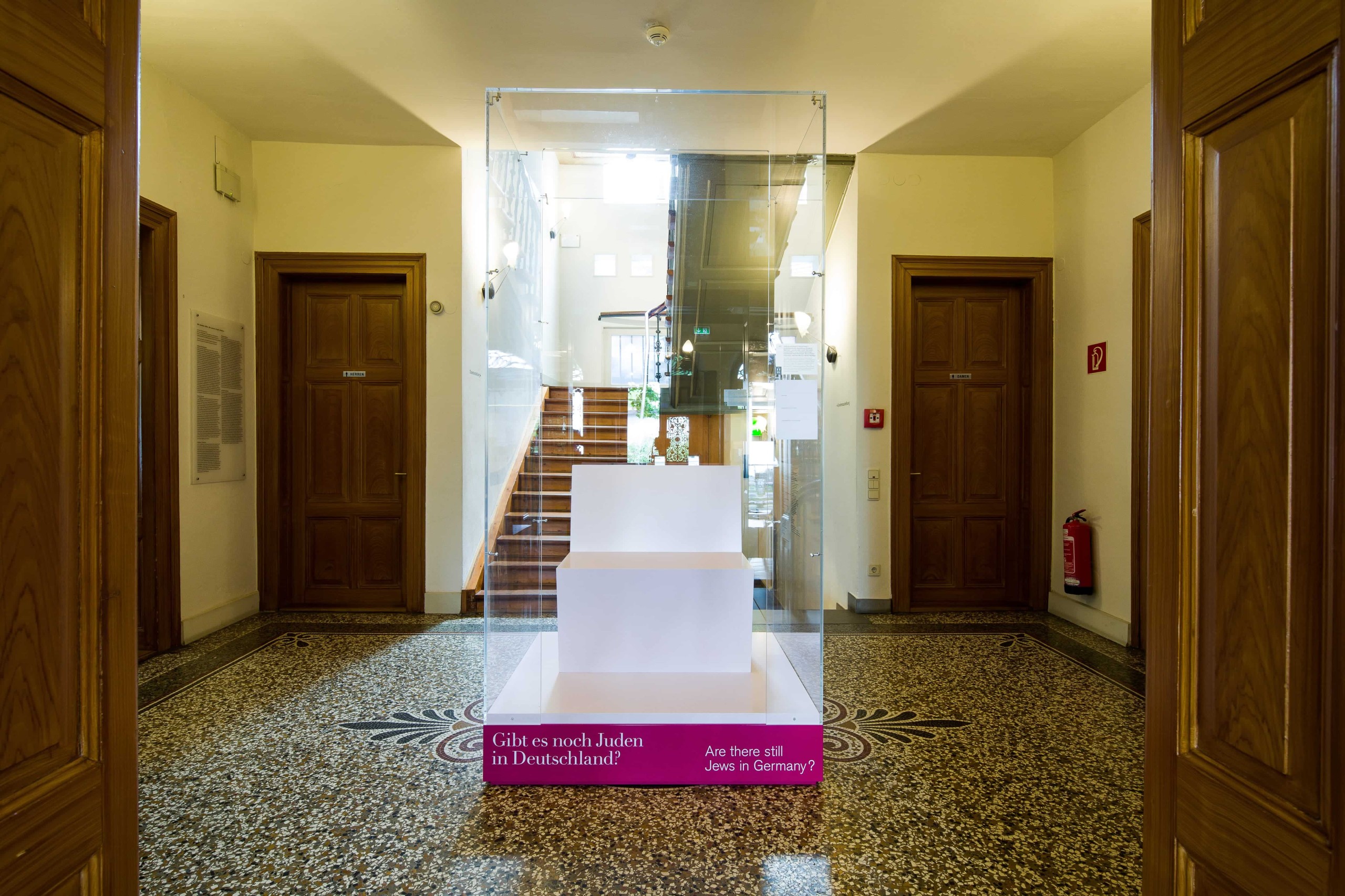
Museums that present minority history and culture, such as the Museum of the American Indian or the National Museum of African American History & Culture in the United States, need to think very carefully about how these groups are presented to the general public. The museum treatment of minorities is often experienced by members of such groups as a dispossession of their lives. Tensions can arise in the area of Jewish museums, especially in presence of a large Jewish community whose conception of “Jewishness” is at odds with the content themed in the museum. In 2005, the Central Council of Jews in Germany protested against the exhibition “Weihnukka, Geschichten von Chanukka und Weihnachten” [Chrismukkah, Stories of Hanukkah and Christmas] at the Jewish Museum in Berlin. What is interesting about this incident is the circumspection that a Jewish museum can arouse in Jewish institutions which, unlike museums, claim to be in control of the interpretation of Judaism, while visitors to the museum assume that museum and community go hand in hand.
Controversies and trends within Jewish Museums
The dilemma around the adjective “Jewish” can be impressively illustrated by the history of the Jewish Museum in New York, which has redefined “Jewish” in its name several times in its 100-year history. Art historian Avram Kampf, who taught at the Hebrew University of Jerusalem, described his experience as director of the said museum in 1969 in the Jewish Digest: “Something is wrong with the Jewish Museum. This can be inferred from the frequent resignations of staff members over the past ten years. At almost regular intervals, the museum is looking for a new director, deputy director or curator. And now, after several periods of exhibiting mostly avant-garde art, the last director has resigned because the museum has become “too Jewish. One can’t help but suspect that the institution is not sure what their missions are or what they want to be in the future.”
The emphasis on avant-garde art, which by the late 1960s had made the museum the most important address for contemporary art in New York, was linked to the idea that art without objects, as a “Jewish expression” of the ban on images, represented a contribution to contemporary artwork. Young avant-garde artists were exhibited regardless of origin or religion, financed by wealthy Jewish collectors and patrons who saw their commitment as a sign of openness to the world and integration. The “Jewish” ceased to be confined to the objects of traditional Judaism, but instead focused on the creative contribution to modernity. However, the Jewish Theological Seminary, the museum’s first historic site, objected to this development in a controversy over the understanding of “Jewishness.” Actually, the Seminary had a problem with a crucifixion sculpture by Israeli artist Igal Tumarkin, who had been invited to participate in an exhibition on Israeli art. A rabbinical arbitration board was set up to determine whether a Jewish museum was the appropriate place for a work of art with that title. In their judgment marked by casuistry, they ruled that the work could remain since it did not represent the crucifixion, but only a crucifixion.
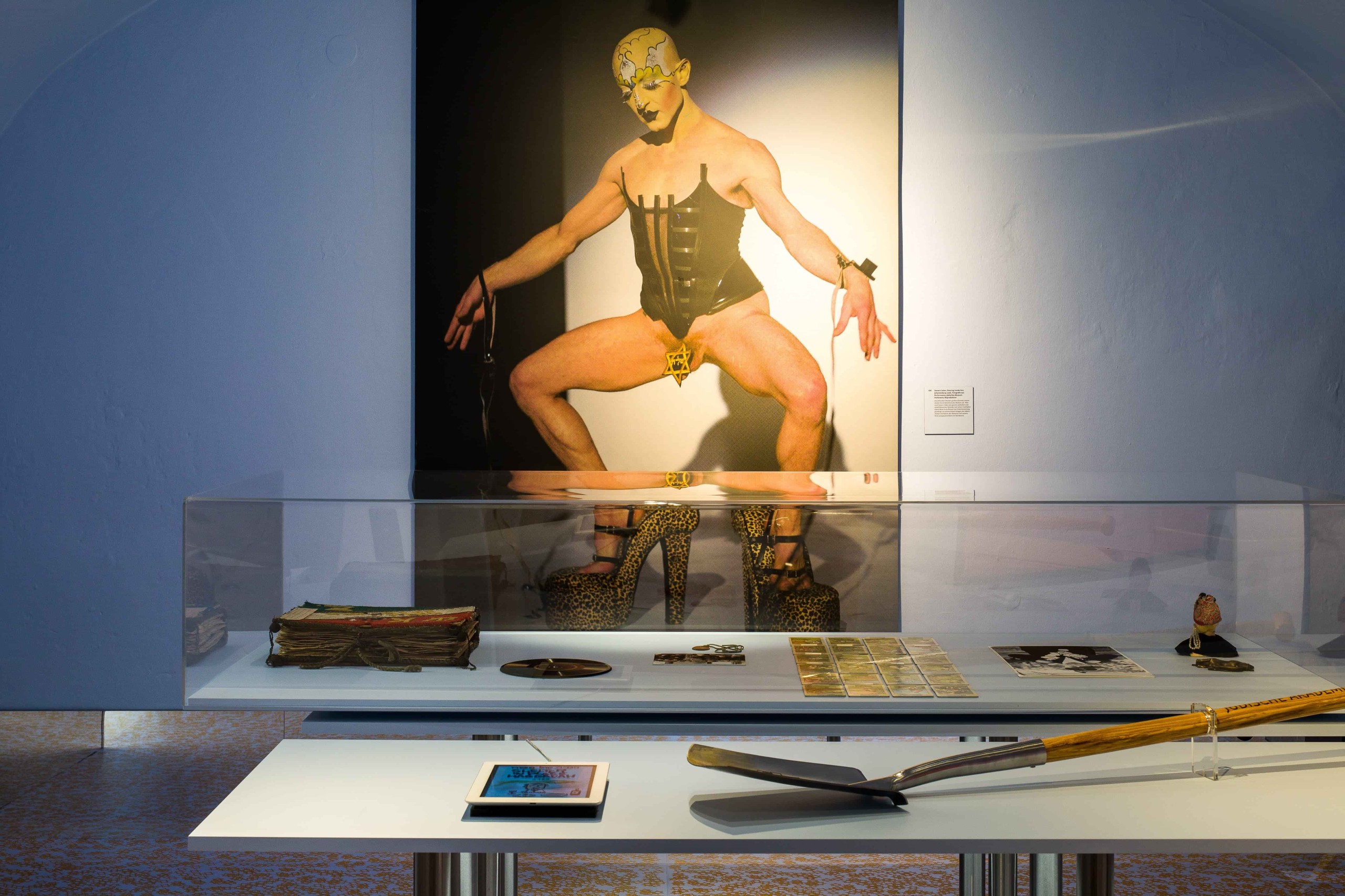
Thirty years later, it was once again a Christian symbol that prompted the director of a Jewish museum to redo a piece in an exhibition. This time it was the director of the Jewish Museum in Frankfurt who did not appreciate the representation of a large cross that could not be ignored in his museum. In the exhibition Mit Thora und Todesmut [With Torah and death courage], the highlight, a heel with a rusty nail through it, on loan from the Israel Museum, was explained with a large graphic panel depicting a Roman crucifixion. For the Frankfurt Museum, the panel was specially reduced to a description of the object, in which the cross was reduced to a few centimeters.
The last major temporary conflict over the definition of “Jewish” occurred at the Jewish Museum in Berlin, where a few years ago a catholic historian specializing in judaism replaced the founding director, an American Jew from a secular Berlin family, as head of the museum. Referring to his academic background, he ironically promised on the occasion of his appointment to make the museum more “Jewish,” referring to the fact that his jewish predecessor never missed an opportunity, to point out, with malicious glee, his lack of expertise regarding Jews. But after a conflict with the Central Council of Jews, triggered by the reception of the cultural attaché of the Iranian embassy, its president questioned the “Jewish character” of the museum. This criticism could not be due to the content expertise of the criticized director, an internationally recognized scholar of Jewish history, but to the supposed lack of loyalty to the State of Israel, to which Iran represents a mortal threat. This touches on the definition of “Jewishness in Germany”, which is inseparable from support for Israel.
I cannot help but suspect that representatives of the Jewish community do not trust a non-Jew when it comes to associate “Jewishness” with unconditional loyalty to the State of Israel. In so doing, they stand in contrast to one of Judaism’s greatest scholars, Gershom Scholem, who insisted that one does not have to be an elephant to teach zoology. As long as Jewish museums take their cue from Scholem, I look forward to their future with optimism.
Cilly Kugelmann
Notes
| 1 | Curators of the exhibition: Felicitas Heimann-Jelinek and Hannes Sulzenbacher. Hanno Loewy is the Director of the Jüdisches Museum Hohenems |
| 2 | ”When Paul Grosz, then president of the Jewish community in Vienna, was asked many years ago what he thought about the creation of a Jewish museum, he replied with a sharp question: ‘Should Jews be admired there ‘like taxidermied Indians’? Today there are more than 120 Jewish museums in the world. However, the very definition of the adjective in their name is far from uniform: for some, the institution itself is considered Jewish; for others, its object is Judaism from the most diverse perspectives. For some, the adjective “Jewish” is unequivocal; for others, it is not only ambiguous, it is full of contradictions. The search for a definition of this adjective provides information about the content of the adjective as well as about the defining power it wields. From eleven thematic blocks presenting investigations into the various meanings and constructions of meaning of the adjective ‘Jewish’, this exhibition seeks to illuminate the history and present of these museums and to pose the urgent question of their role.” Presentation of the exhibition “‘Taxidermied Jews?’ History, Present and Future of Jewish Museums” on the museum’s website. |

